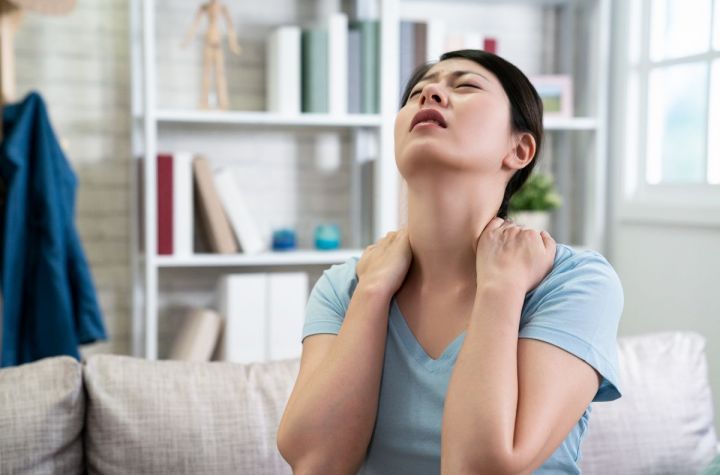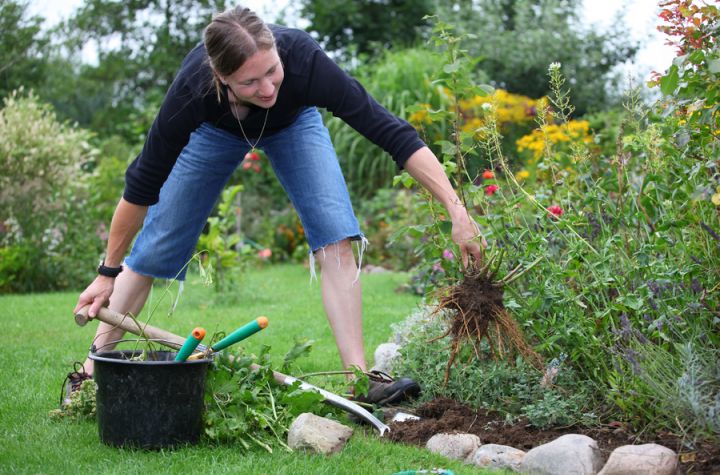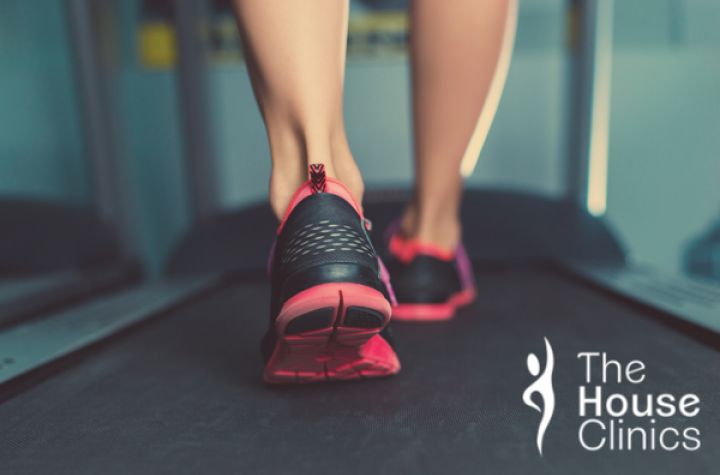5 Back To School Health Tips For Kids And Teens
Many parents will be sighing with relief as the kids return to school after the long summer holidays. Checklist done - phew! But being school-ready is not just about making sure they have the right uniform and equipment. It's important to think about the steps you can take to protect their physical health and wellbeing at school too. There are some common health problems that tend to arise in school-age children which can easily be avoided with the right guidance from parents.
Read on to discover our top 5 health issues to keep an eye on so they don't arise and your children can keep doing the things they love...
How to choose the best backpack for your child
.jpg)
Take any kid shopping for their new backpack and you can bet they will be looking for the coolest brand and colour scheme rather than thinking about their health! But your child's school bag will be one of the hardest-working items they own during school term. They may need to carry it for long periods of time and put a lot of heavy stuff in it, so it's important to make sure it is good quality, fits well and is carried correctly. The wrong type of backpack and wearing it incorrectly can lead to back and shoulder pain, and worse, have a negative impact on their posture at a crucial stage in their physical development.
- Choose the right size - don't buy an adult backpack for a younger child.
- Choose broad, padded, and adjustable straps.
- Choose one with compartments and pockets which will enable them to distribute the weight of its contents.
- Don't let them wear it on one shoulder.
- Don't let them carry too much - encourage them to pack for each day so its weight is at a minimum.
- Adjust the straps so that the backpack sits approximately two inches below the shoulder blades and extends to waist level, or just slightly above the waist.
Teach your kids how to maintain good desk posture while at school and during homework
.jpg)
Encouraging your child to sit at their desk correctly will be a great benefit to them, both now and well into the future. Poor desk posture is one of the most common reasons young people complain of neck, shoulder, and back problems, and accounts for a huge number of musculoskeletal problems seen in adults in the UK.
It may be more tricky to monitor or ensure desk posture at school is perfect, but you can certainly promote it at home by considering the following steps:
- Encourage your child to sit upright at their desk, shoulders back and not slumped over their desk, with feet placed squarely on the floor and not crossed.
- At home give them a padded chair with adjustable height and seat tilt. Tilt the chair seat downwards 15-20 degrees so that knees are below the hips.
- A rolled-up towel or lumbar support cushion may provide additional support to the lower back.
- Ensure their chair height allows a space of 25-30cm between the top of the thighs and the desk.
- Their feet should touch the floor and, if necessary, a footrest should be used.
- Adjust the seat height to ensure their forearms are parallel to the floor and are supported by the desk.
- Ensure their wrists are in a neutral position by using a wrist rest for the mouse and keyboard.
- Their screen should be directly in front of them, and their eyes level with the top third of the monitor.
- If they use a laptop, use a base to raise the screen and purchase a separate keyboard and mouse.
- Encourage them to take regular breaks every 30 minutes or so, to stretch, and walk about for a minute or two.
.jpg)
What to do if your child develops neck, shoulder, or back pain
If your child does develop neck, shoulder, and back pain that remains for more than a week, it would be advisable to get them seen by a practitioner here at The House Clinics, Our team of Physiotherapists and Chiropractors offer postural check-ups, treatment, and advice specially designed for children and teens. They also prescribe exercise programmes to encourage children to improve their posture and increase core strength to safeguard against further problems.
Give us a call on 0117 9420200
How to stop your child from catching a verruca
.jpg)
Warts or verrucas are generally caused by the human papillomavirus (HPV). They aren't usually harmful to your child's health, but they can be painful, difficult to get rid of, and may make your child feel self-conscious. Verrucas are usually spread from one person to the next through close skin contact or by touching contaminated objects or surfaces, such as:
• Changing room floors
• Areas around swimming pools
• Socks, shoes and towels
The chance of infection increases if your child’s skin is wet or damaged. After becoming infected, it can take weeks or sometimes months for a verruca to appear.
How are verrucas prevented?
Some ways to prevent your child from getting a verruca include:
• Encourage them not to share items such as towels, socks, or shoes.
• Get them to wear flip-flops in changing rooms and on the poolside.
If they have a verruca already, make sure your child avoids scratching or picking at it, as this can make it worse. They should also:
• Avoid touching it and always wash their hands after doing so.
• Change their socks every day.
• Cover any verrucas with plasters if they're going swimming.
Effective treatment for verrucas in children
Over-the-counter treatments available from the pharmacist can be a solution, but they need to be applied consistently and meticulously! Often though, verrucas can be stubborn and hard to get rid of. Our Podiatry team offers safe and effective treatments for children including the use of liquid nitrogen and salicylic acid. Contact our team for more information on 0117 9420200
Encourage your kids to keep active and fit
.jpg)
Your kids have probably been active all summer, and it’s important for them to keep moving. Kids will often sit for long periods of their school day, so getting them to do sporting activities as a normal part of their daily routine is really important. There is a very strong link between exercise and good mental health. And on top of this, if they stay active, they will avoid some of the problems outlined at the beginning of this article which can be attributed to a more sedentary lifestyle.
- If possible, enrol your kids in after-school activities.
- Enjoy a family walk or bike ride
- Encourage them to walk to and from school if possible
- Promote a healthy and active lifestyle by example!
- Limit screen time and encourage your kids to do gentle exercises such as yoga and stretching too
Don't forget to give your kids a vitamin D supplement in the autumn and winter months
(1).jpg)
Getting enough vitamin D is essential so kids’ bones can grow strong and their immune systems can ward off illness. In the darker winter months, it is much harder for our bodies to produce all the vitamin D we need due to the lack of natural sunlight coming into contact with our skin. Government guidelines now state that all adults and children should take a supplement to avoid a vitamin D deficiency between October and May.
- Vitamin D supplements are easy to take. There are spray versions readily available at a good health food shop or pharmacist which taste good and your will kids love!
- The recommended dose for 1-8-year-old kids is 2,500 to 3,000 IU a day
- The recommended dose for children aged 9 and over is 4,000 IU a day
.png) Chiropractic, Physiotherapy, Podiatry, Chiropody, Massage Therapy
Chiropractic, Physiotherapy, Podiatry, Chiropody, Massage Therapy







